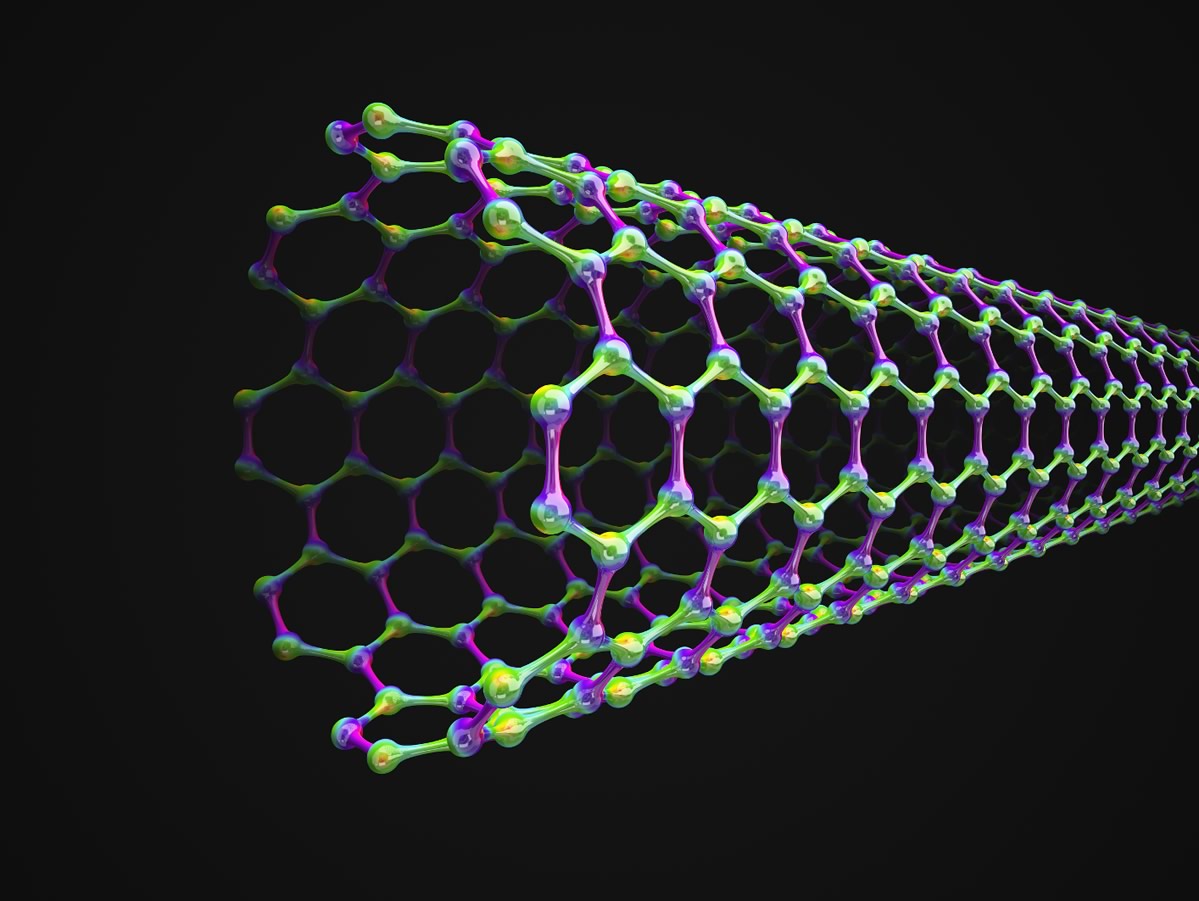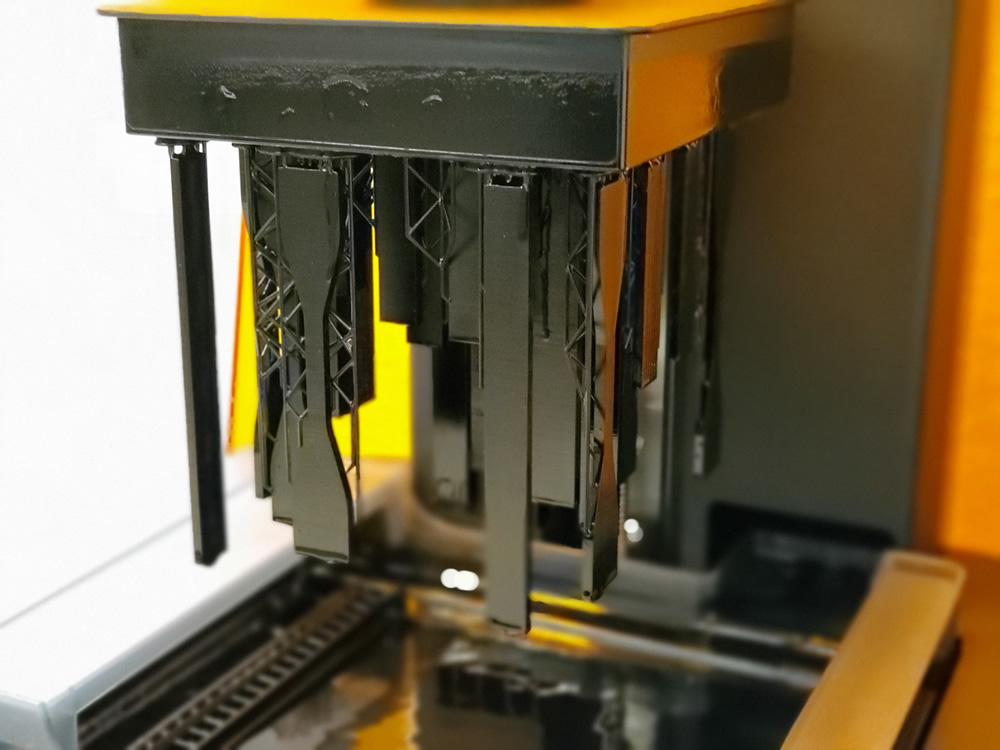Arizona-based startup Mechnano has exited “stealth mode” in the research and development of its carbon nanotube (CNT) technology for 3D printing materials.
The company has developed its first product, an electrostatic discharge (ESD) resin that delivers dissipative properties to 3D printed parts without compromising mechanical properties.
“These are extraordinary breakthroughs for additive manufacturing materials,” said Steven Lowder, Mechnano’s Founder and CEO. “By focusing on the nanoscale, or the molecular level, we are able to make exponential improvements in AM materials at the macro-level.
“Mechnano’s technology, MechT, unlocks the inherent properties of the CNTs, giving some materials three times the impact strength, 10 to 40 times the tear resistance and much more.”

CNTs in additive manufacturing
First discovered in 1991, CNTs are lorded as being up a hundred times stronger than steel, harder than diamonds, and even a thousand times more conductive than copper. CNTs can be used to develop composite materials that have better mechanical, thermal, and conductive properties.
In the past, studies have summarised potentially major industrial applications of CNTs, such as electronics and water purification filters, among other things. However, the technology is still in development and utilizing CNTs for 3D printing still presents significant challenges, and practical applications remain limited.
In terms of additive manufacturing, CNT materials have been successfully used to 3D print shape memory polymer for use in soft robotics. Furthermore, CNT materials have also proved to be biocompatible and hence have been used to 3D print tissue scaffolds.
“Many ideas started pouring in from across the scientific community,” Lowder said, remarking on the early days of CNT research. “Some thought they’d soon be creating space elevators, making paper-thin antiballistic vests, and flying superlight airframes.”
Mechnano’s CNT technology
Mechnano’s technology is backed by over a decade of research and development, with around a hundred issued and pending patents. The company is a startup made up of entrepreneurs and scientists who have been applying proprietary CNT technology to 3D printing polymers.
The firm claims to be the first to have fabricated parts with CNTs using material jetting and vat photopolymerization systems, where the team improved impact, tear resistance, and tensile performance to achieve ESD.
“While many of the CNT applications are still Newtonian dreams,” said Lowder. “Mechnano has realized key material advancements – including variations of MechT that can be jetted; low energy absorption CNT variations that work in exiting UV curable systems; variations with aspect ratios worthy of advancing binder technologies and much more,”
Mechnano’s MechT technology enables the fabrication of ESD protective packaging, workstations, and equipment using laser-based, DLP and LCD 3D printing processes.

Mechnano Formula 1 ESD resin
ESD occurs when two surfaces touch and electrons move from one object to another. ESD materials are specially formulated to minimize the risk of flame or explosion by preventing discharge from contact, therefore protecting miniature electronic parts.
Mechnano’s MechT delivers static dissipative properties to 3D printed parts without compromising their mechanical performance. The technology detangles and separates CNTs, then disperses them throughout additive manufacturing materials without re-clumping. The resulting discrete tubes, MechT, can be tailored to the specific performance requirements for the selected system
The company’s first product, Mechnano’s Formula 1 ESD resin, is available for shipping and use in existing laser-based, DLP and LCD additive manufacturing equipment.
The resin has a yield strength of more than 20 percent and a young’s modulus of over 27 percent, which is the measure of a material’s ability to withstand changes in length when under tension or compression. The material exhibits isotropic ESD performance and no carbon trails, with no need for continuous resin mixing.
“These advances bring greatly increased mechanical properties; also allow us to add electrical properties to plastics without degrading the mechanical properties; improve and add thermal properties, embed optical properties, and even add properties like magnetism to plastics,” added Lowder.
According to Mechnano, its technology will bring “dramatic changes” to industries such as aerospace, defense, medical, and automotive, which are increasingly using 3D printing to optimize their operations and products.
Subscribe to the 3D Printing Industry newsletter for the latest news in additive manufacturing. You can also stay connected by following us on Twitter and liking us on Facebook.
Looking for a career in additive manufacturing? Visit 3D Printing Jobs for a selection of roles in the industry.
Featured image shows CNTs can be used to develop composite materials that have better mechanical, thermal, and conductive properties. Photo via Mechnano.



